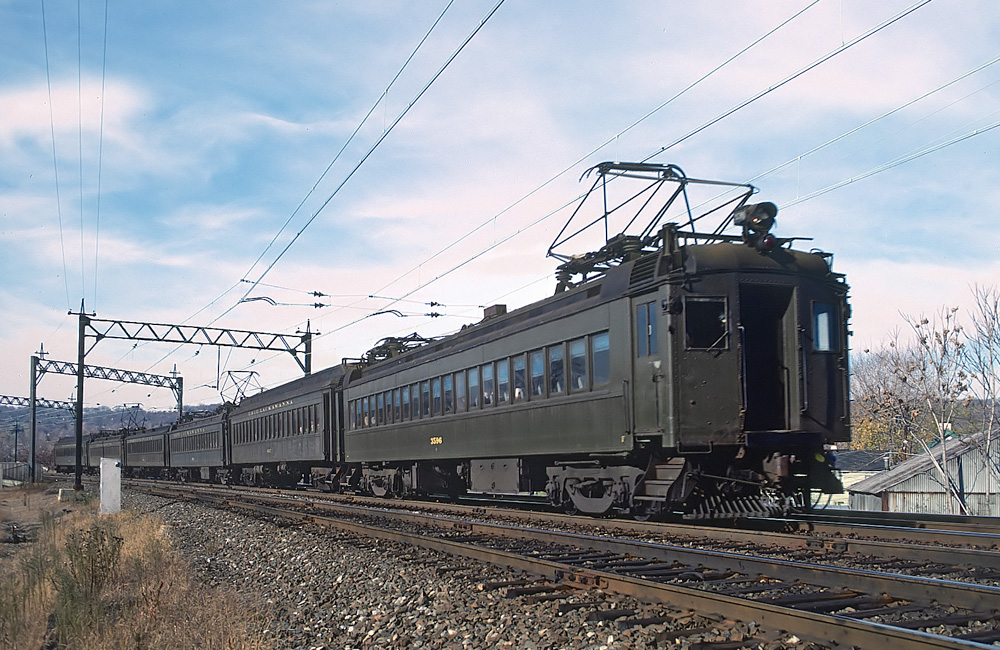
Q: I’m planning to model the Hoboken, N.J., and Brick Church, N.J., stations on the Delaware, Lackawanna & Western, the railroad I rode as a child and as an adult. I rode in the Lackawanna M.U. cars, but I can’t find them anywhere. I’m thinking I’ll buy the MuMP54 cars from Con-Cor and airbrush them the proper color. What is the proper color, Pullman Green or Brunswick Green? What is a good source for the paint? Or do you know where I might find HO DL&W MU cars? – Jim Ross
A: The Delaware, Lackawanna & Western electrified its Morristown Line from Dover, N.J., to Manhattan’s Pennsylvania Station, and the attached Montclair and Gladstone Branches in 1930. The railroad then purchased 141 M.U. (multiple unit) motor cars from Pullman to handle commuter traffic on the line. Numbered 2500 to 2640, they were inaugurated with some hoopla; inventor Thomas Edison, a big proponent of the direct current that powered the line, drove the first car on its inaugural run on Sept. 3, 1930. They were paired with 141 trailers converted from various other kinds of passenger cars, including high- and low-roof coaches, combines, and club cars. The cars became the property of Erie Lackawanna after that 1960 merger, then passed to Conrail in 1976 and NJ Transit in 1983. They were finally retired in 1984.
Since the M.U. cars were built by Pullman, it should come as no surprise that they were painted Pullman Green. The color photos I’ve seen vary in their exact shade. Since over the years both the vintage photos and vintage cars have faded, that’s no surprise, either. So if you don’t have a jar of Pullman Green paint (like Tru-Color 826) in your stash, or you want a slightly sun-faded shade, a military olive drab (like Vallejo US Olive Drab 70.887) will come close enough.
For comparison, Brunswick Green is a term hobbyists often apply to what the Pennsylvania RR called Dark Green Locomotive Enamel (DGLE). This is an extremely dark color that looks black under all but direct sunlight. Back in the day, when hobbyists were mixing their own paints, one recipe given for this shade was 1 part Pullman Green to 4 parts Engine Black. This was widely acknowledged as still being greener than the prototype. Other recipes, perhaps waggishly, proposed a 1:20 ratio of green to black. A common joke among Pennsy modelers is that to mix a bottle of DGLE, you open a bottle of Engine Black and whisper the word “green” into it. Anyway, my point is, Brunswick Green is much darker than anything you’d see on a Lackawanna MU car.
The Con-Cor cars you’re thinking about using are modeled after Pennsylvania RR prototypes. These had distinctive “owl eye” round end windows, which would look quite different from the rectangular windows on the Lackawanna M.U. cars. While you could cut and file new window openings in the Con-Cor cars, you could also save yourself the trouble. Island Modelworks makes the D&LW cars in HO scale.
Send us your questions
Have a question about modeling, operation, or prototype railroads? Send it to us at AskTrains@Trains.com. Be sure to put “Ask MR” in the subject.






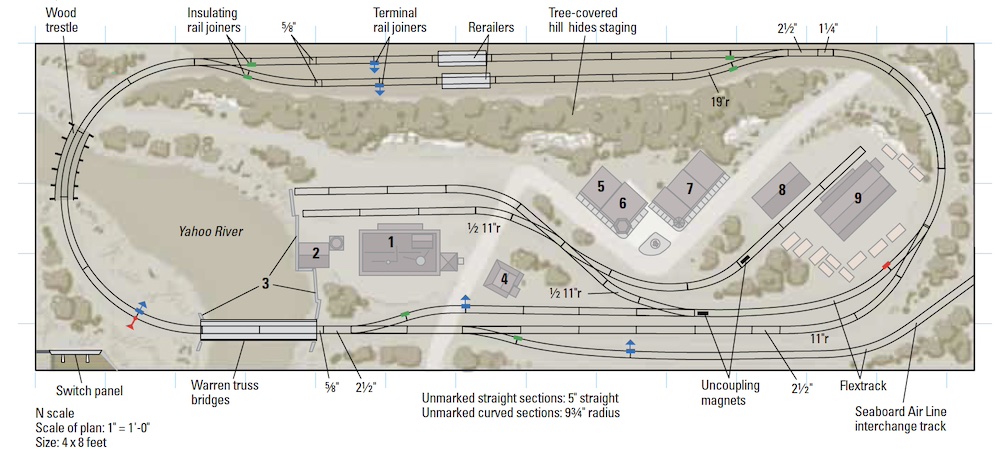
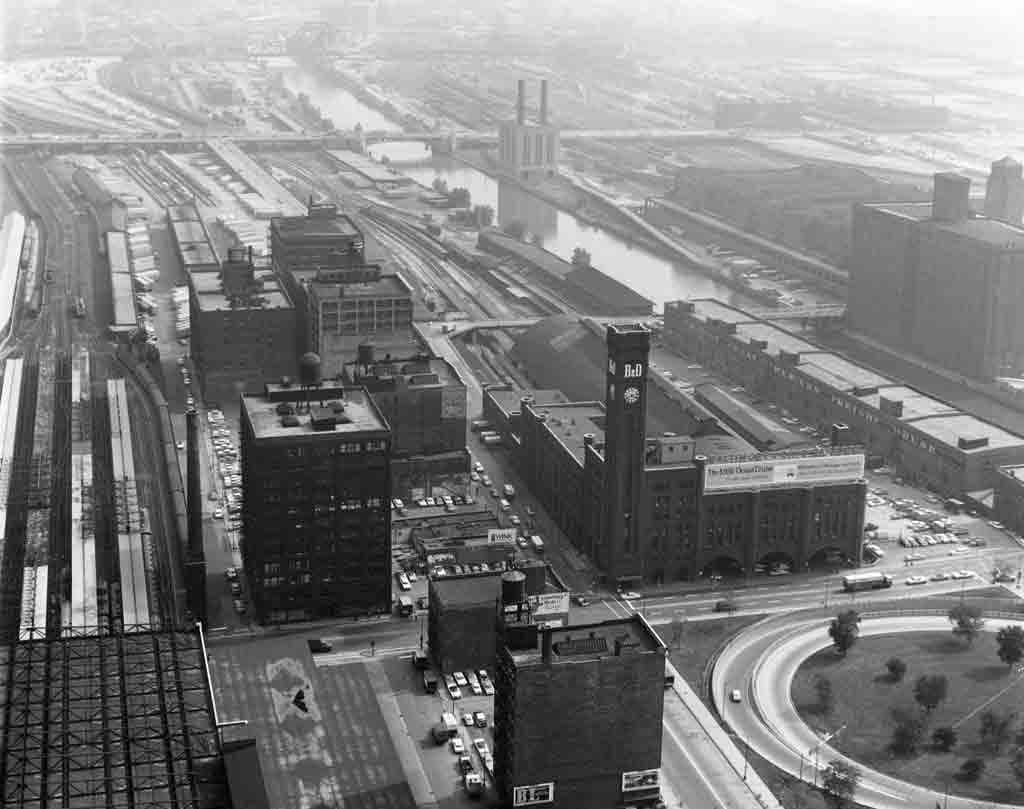
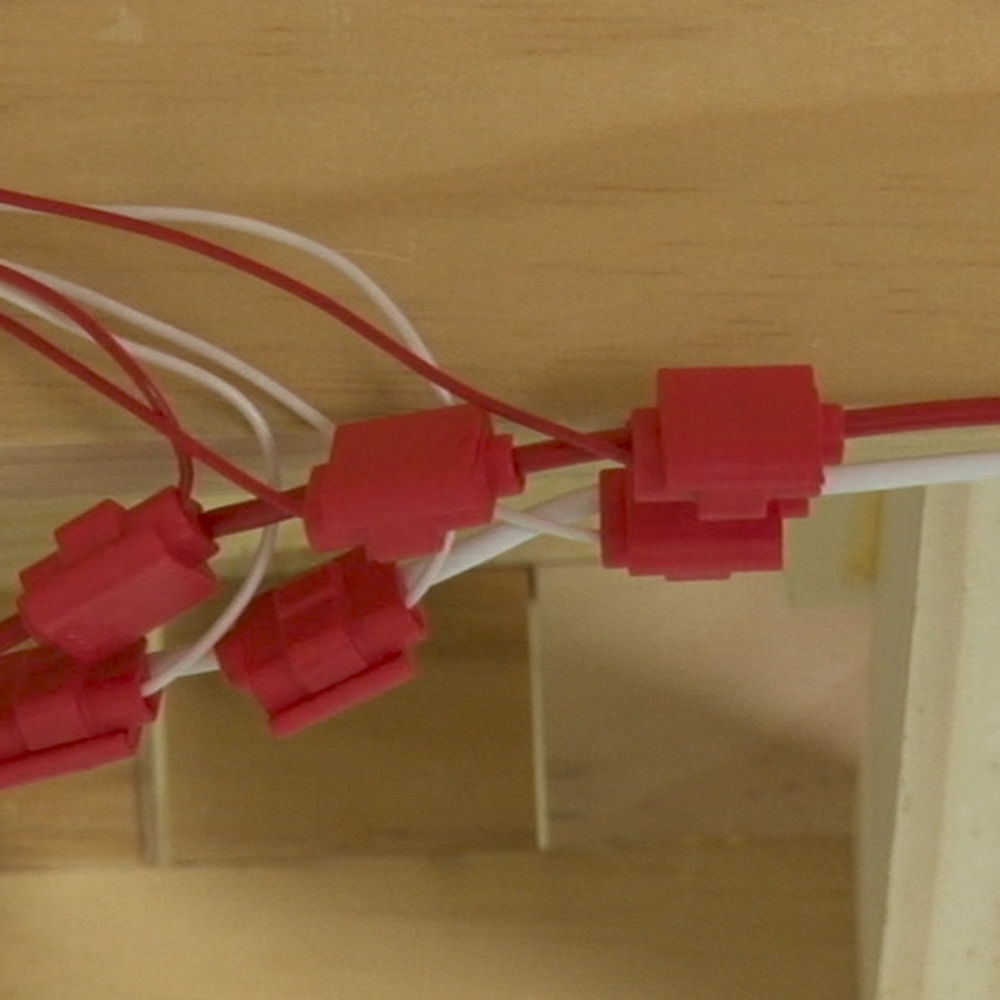
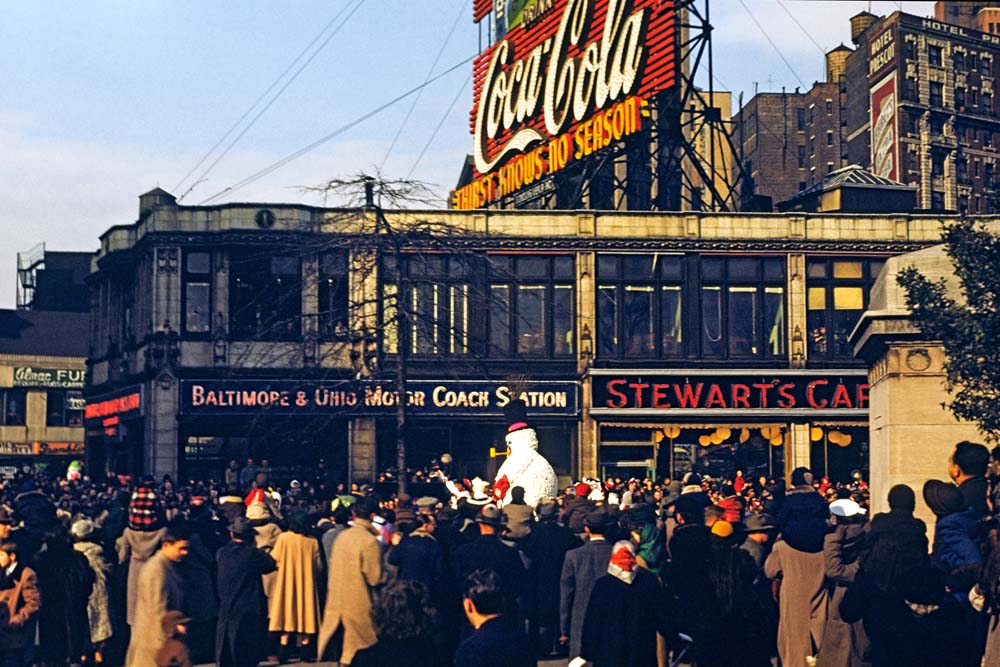




I picked up on this from a Facebook post. https://lebanonrr.com/train-rides/
They have an original passenger car, repainted – but unfortunately recovered the seats!
Not sure if this would lead you to someone involved in the reconditioning process and a paint definition they used.